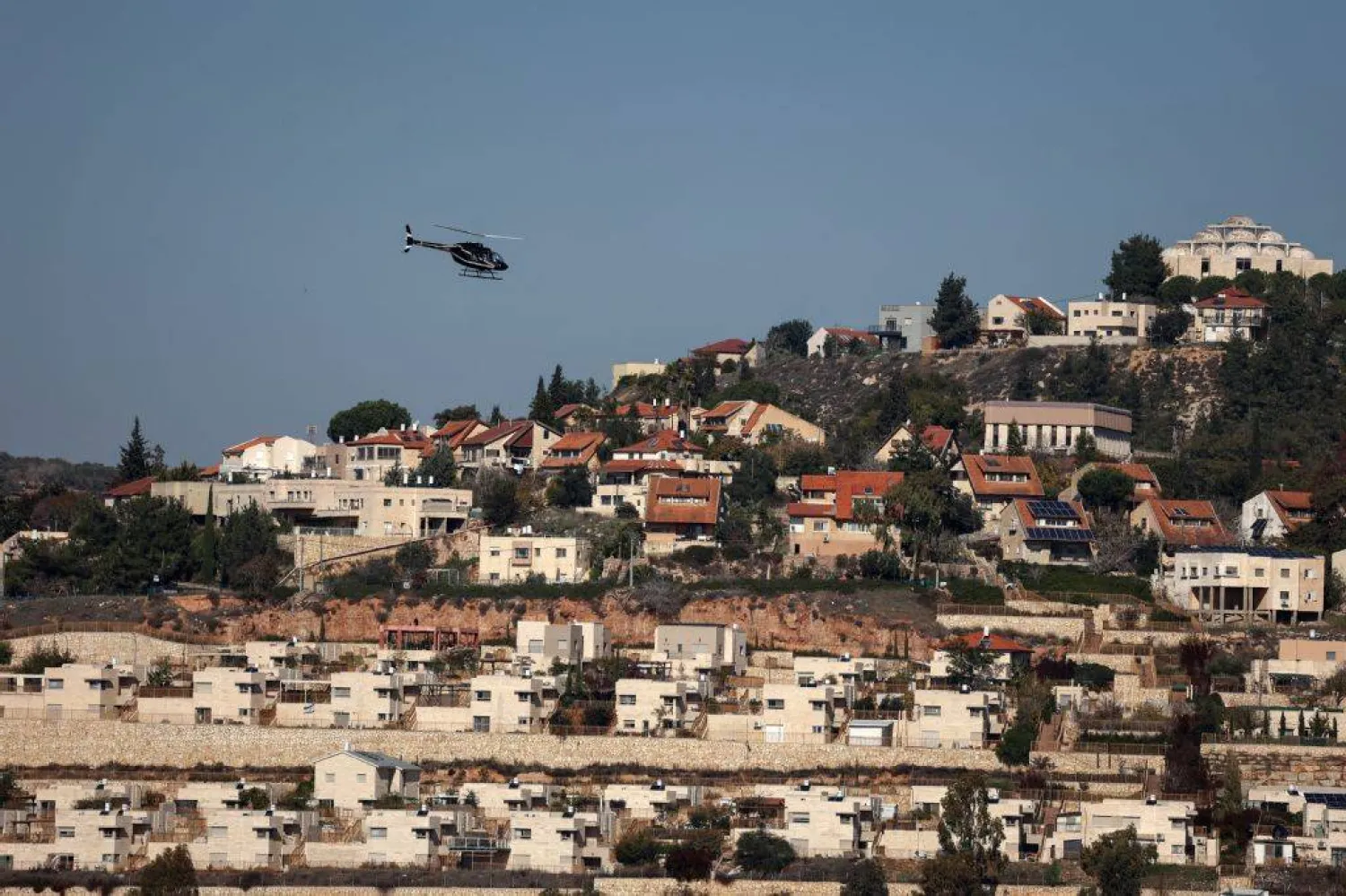Iraqi Prime Minister Mohammed Shia al-Sudani will kick off on Tuesday a visit to Tehran in an attempt to contain tensions in wake of Iran’s attacks on Kurdish opposition groups in the Iraqi Kurdistan Region.
The Iranian Foreign Ministry said the PM is visiting at the invitation of President Ebrahim Raisi.
Ministry spokesman Nasser Kanaani said the visit aims to “follow up on the bilateral dialogue over economic, trade and political issues.”
The two parties will discuss issues related to water and the border and the Iranian strikes on northern Iraq, he went on to say.
“We hope the visit will help develop bilateral relations between the countries,” he added.
Iran launched cross-border strikes against Kurdish opposition groups in Iraq on November 21, killing at least one fighter, a week after similar attacks on the factions Tehran accuses of stoking protests back home.
Iran has been shaken by two months of protests sparked by the death of Kurdish-Iranian woman Mahsa Amini, 22, who died in custody days after her arrest by the morality police for allegedly breaching the country’s strict dress code for women.
Observers believe Sudani’s visit is being held at a time of mounting tensions between Baghdad and Tehran over the intense Iranian attacks.
A day before the PM’s trip, Baghdad and Erbil – the capital of the Kurdistan Region – had taken a joint approach in handling this sensitive file. Kurdish President Nechirvan Barzani had paid two visits to Baghdad over the past week to address the situation.
An agreement was reached for the federal government to oversee the border through joint cooperation between the Iraqi forces and the Kurdish Peshmerga - the first time they work together since 2003.
Sudani is expected to discuss with Iranian officials efforts to control the border between their countries and curb the movement of Iranian opposition groups that have taken up the mountainous regions in the Kurdistan Region as a safe haven.
Head of the Center for Political Thinking in Iraq Dr. Ihssan Shmary told Asharq Al-Awsat that Sudani’s visit is part of protocol in Iran after a new prime minister takes office in Baghdad.
The visit will also seek to consolidate the balance in Iraq’s foreign relations, which is an approach that has been adopted by previous governments, he added.
This time, however, the government is dominated by the pro-Iran Coordination Framework that is still seeking these balanced ties, he stated.
Sudani is visiting Iran after trips to Jordan and Kuwait.
The timing of the Tehran visit is significant given Iran’s attacks against the Kurdish groups, continued Shmary.
Sudani wants to achieve balance in relations and reassure decision-makers in Iran, especially in wake of the great openness shown by Washington towards Baghdad, he noted.
It appears as though the United States is completely open to Iraq and Sudani will seek to avoid provoking Tehran, meaning he will attempt to keep Baghdad at an equal distance between Washington and Tehran, explained Shmary.









